Best Practices Articles

Modernizing the Partner Ecosystem for Scalable Growth with PRM Software
Traditional partner ecosystems often fall short of meeting the demands of modern buyers and supporting scalable growth. Digital transformation reshapes how customers discover, evaluate, and purchase enterprise solutions, compelling organizations to reassess and reconfigure their partner strategies. Businesses must replace the linear, transaction-oriented channel with a multi-dimensional, integrated, co-selling, marketplace-enabled alliances network.
To stay competitive, businesses need to adapt their go-to-market strategy to match how buyers actually behave. Companies using old channel sales methods will fall behind agile competitors. Leaders must create ecosystems that meet buyer expectations, are operationally flexible, and support revenue growth across different sales channels. Using strong PRM software is essential to achieve these goals.
1. The Transformation of the Partner Ecosystem and the Role of PRM Software
Partner ecosystems historically relied heavily on resellers and value-added resellers to drive revenue. Companies measured success through direct sales volumes, often limiting partner engagement to deal registration and commission structures. This model worked well when buyers needed a salesperson to access information. Today, the buyer journey begins long before any vendor interaction. Buyers conduct extensive research, validate peer reviews, and compare alternatives using digital channels. This shift reduces the partner's role as a transactional intermediary and elevates them as strategic consultants.
As a result, modern partner ecosystems must move beyond simple resell motions. They must accommodate co-sell frameworks, integration partnerships, and marketplace distribution. Each partner type contributes value at a different phase in the customer journey. Global systems integrators provide implementation expertise. Independent software vendors enhance product stickiness through interoperability. Hyperscalers deliver scale and credibility, enabling faster procurement through cloud marketplaces. A flourishing ecosystem harmonizes all these players within a shared go-to-market strategy.
NetSuite showed this change early on. Before its acquisition, 42% of NetSuite's revenue came from reseller partners, proving a good ecosystem's strategic importance. Oracle's acquisition then boosted NetSuite's reach and agility through aligning with hyperscalers and deeper integrations. Organizations must replicate this model with tailored partner motions and aligned incentives to enable scalable growth. Effective PRM software is essential for managing these diverse partner types and their unique contributions.
The proliferation of different partner types also underscores the need for clarity in ecosystem design. Some partners excel at solution sales but lack delivery capacity. Others build influence through consulting or thought leadership but do not close deals directly. Organizations must define success by role, not revenue alone, and invest in partner enablement accordingly. Training must match partner functions, including technical education, co-selling guidance, or onboarding support for marketplace presence. Comprehensive PRM software can streamline these enablement efforts.
2. Embedding Ecosystem Thinking into Go-To-Market Strategy with PRM Software
Embedding ecosystem thinking into go-to-market strategy starts with abandoning the inside-out view. Traditional strategies prioritized internal sales targets, product launches, and channel KPIs over customer intent and partner dynamics. Companies must now embrace outside thinking, prioritizing partner capabilities, buyer behaviors, and solution relevance. PRM software can provide the insights needed for this shift.
Companies should evaluate each partner based on their ability to influence key moments in the customer journey. Some partners excel at pre-sales discovery and demand generation. Others drive post-sale expansion or integration. Assigning uniform expectations to all partners results in under-utilization and missed revenue opportunities. Instead, a partner ecosystem should mirror the organization’s total addressable market, matching partner roles to value inflection points across customer lifecycles.
To operationalize this, businesses must segment partners by size, revenue potential, function, and specialization. Are they best suited for co-selling, reselling, service delivery, or influence? Do they target the same ideal customer profile? Do they align with industry verticals or solution bundles? When you assign partners to specific roles in your marketing strategy, you boost productivity. This helps you close deals more quickly. It also leads to more stable revenue. Strong PRM software helps achieve this important segmentation and alignment.
The shift also demands shared metrics. Traditional sales KPIs like partner-sourced revenue fail to capture the full ecosystem impact. Businesses must measure partner influence on pipeline acceleration, customer retention, integration adoption, and expansion velocity. These metrics encourage collaboration and deepen ecosystem value beyond transactional activity. Advanced PRM software offers comprehensive analytics to track these diverse metrics.
Moreover, ecosystem thinking must guide product roadmap decisions. As partner feedback uncovers buyer pain points, organizations must close the loop by integrating those insights into product development. This creates a virtuous cycle: stronger products attract more partners, and partner input enhances differentiation.
3. Redefining Channel Sales for Ecosystem Alignment with PRM Software
Channel sales teams must adapt to thrive in this new environment. Channel salespeople are no longer just territory managers focused on partner deals. Modern channel sales teams operate as ecosystem orchestrators. They align internal sales, marketing, and product teams with outside partners to create shared value and ensure synchronized execution. Effective PRM software significantly enhances this alignment.
This alignment starts with reconfiguring the role of channel managers. Their responsibility no longer ends with partner onboarding and pipeline review. They must understand the customer journey, build integrated sales motions, and develop repeatable co-sell plays with selected partners. Channel managers need to think like general managers, not just relationship owners.
They must also collaborate with marketing to create campaigns and assets that effectively position multi-vendor bundles. They must partner with product teams to build interoperability that removes friction from the buyer experience. Most importantly, they must guide sellers to treat partners as strategic collaborators, not just lead sources. The ecosystem model demands this shift in mindset. Every customer interaction becomes a team sport.
Channel sales leaders who encourage shared responsibility and joint planning will improve the performance of all partners. Organizations must also invest in upskilling channel personnel. Traditional sales skills, while still essential, must expand to include ecosystem mapping, bundle design, data analytics, and value messaging. Ecosystem-aware sales training should reflect the cross-functional reality of modern selling. Dedicated modules within PRM software can support this ongoing training and skill development.
4. Designing for Scalability and Agility with PRM Software
Scalability and agility no longer depend on sales headcount alone. They rely on how well an organization leverages its partner ecosystem to expand market access and deliver complete solutions. Companies must design programs and processes that empower partners to move independently while remaining strategically aligned. This requires simplification.
Complex onboarding, certification, and partner portals become barriers rather than enablers. Organizations should streamline these processes with intuitive tools, real-time support, and AI-driven guidance. Weekly enablement updates, modular learning paths, and automated feedback loops ensure partners stay equipped as market conditions evolve. Modern PRM software provides these streamlined processes and tools.
Agility also comes from decentralizing ecosystem execution. Local teams must have the autonomy to build relationships and activate partners aligned to their territory dynamics. Centralized governance should guide compliance and branding, but execution must reflect the local context.
Another enabler of the scale lies in data visibility. Companies must provide partners with clear insights into performance, pipeline status, and customer success metrics. Real-time dashboards within PRM software help partners course-correct in-quarter, not just at QBRs. Transparency creates trust and accelerates joint execution.
Finally, businesses must adopt a continuous improvement mindset. Ecosystem performance reviews should not be annual or static. Organizations must evaluate partner value monthly, capturing emerging trends and identifying optimization opportunities. This rhythm helps keep the ecosystem aligned with shifting go-to-market strategy priorities.
Organizations must plan for lifecycle management across the ecosystem to ensure long-term scalability. As partners evolve, their capabilities and fit may shift. Companies should implement partner journey mapping tools to track partner maturity, satisfaction, and business alignment. This proactive approach keeps the ecosystem dynamic rather than reactive. Advanced PRM software offers these lifecycle management capabilities.
5. Unlocking Ecosystem Value in Digital Marketplaces with PRM Software
Digital marketplaces have redefined how buyers procure software. Many buyers now prefer to purchase enterprise solutions from AWS Marketplace, Azure, or Google Cloud. They are choosing this option over buying from direct sales or channel sales resellers. These platforms offer speed, centralized billing, and easy integration—advantages that appeal to IT, finance, and procurement teams. Businesses must adjust their ecosystem strategy accordingly.
Success in marketplaces requires more than uploading SKUs. It demands collaboration with ISVs, systems integrators, and hyperscaler teams to create bundled offerings. These bundles must solve buyers' problems and reflect their existing tech stack preferences. Partner ecosystems that leverage marketplace go-to-market motions can scale faster. Businesses can create curated solutions that accelerate procurement by co-selling with other ISVs in the same cloud environment. They can also co-invest in incentives and joint outreach programs that drive awareness and conversion. PRM software can help manage these complex marketplace collaborations.
Beyond revenue acceleration, marketplaces also enhance ecosystem stickiness. Buyers stay longer and expand faster when a partner's solution integrates seamlessly with others in the same stack. Businesses must recognize this value and prioritize marketplace optimization in their overall go-to-market strategy planning.
To grow in the future, businesses need systems that work well in digital marketplaces, co-selling, and partner services. Companies investing in this strategy will differentiate in speed, relevance, and outcome delivery. Advanced marketplace enablement also requires technical foresight. Companies must prepare their products for multi-cloud environments, support native integrations, and automate provisioning. This technical readiness reduces friction and increases appeal to both buyers and marketplace operators.
Conclusion
The modernization of the partner ecosystem is necessary. It is essential for ongoing growth in a buyer-driven market. Businesses must move beyond legacy channel sales models and reimagine their go-to-market strategy through an ecosystem lens. This means changing the roles and responsibilities of partners. It involves aligning sales and marketing for joint efforts. We also need to give partners the tools and insights they need to succeed. Key to this empowerment is the implementation of robust PRM software.
As buyers change their shopping habits, integration is becoming common. The partner ecosystem needs to work together for growth. It should not just be a place for transactions. Companies that embrace this change and invest in managing their ecosystem will succeed. They often use PRM software and act quickly in today's business world. They will not just sell through partners; they will grow with them.
Future-focused companies build ecosystems on transparency, collaboration, and shared value. They continuously adapt, align incentives, and secure executive commitment. Leaders who adopt partner-centric thinking and design ecosystems strategically drive scalable growth and create lasting competitive advantage. Implementing comprehensive PRM software is a cornerstone of this strategic approach.
Best Practices Guidebook
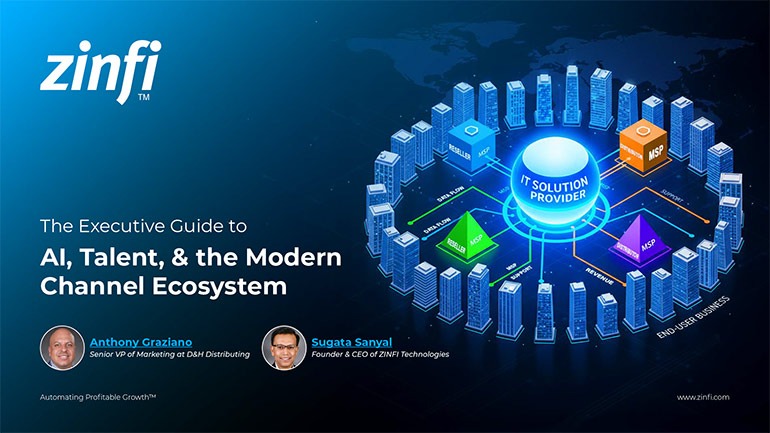 Modernizing Channel Marketing: AI and Ecosystem Enablement Best Practices
Modernizing Channel Marketing: AI and Ecosystem Enablement Best PracticesDownload for FREE
 The Channel’s Shift to Partner-Led With AI Best Practices
The Channel’s Shift to Partner-Led With AI Best PracticesDownload for FREE
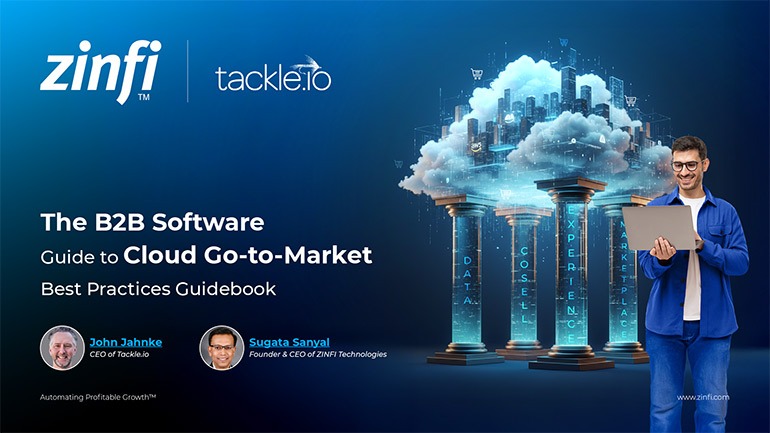 Hyperscalers, ISVs, and AI: Shaping the Future of B2B Software Distribution
Hyperscalers, ISVs, and AI: Shaping the Future of B2B Software DistributionDownload for FREE
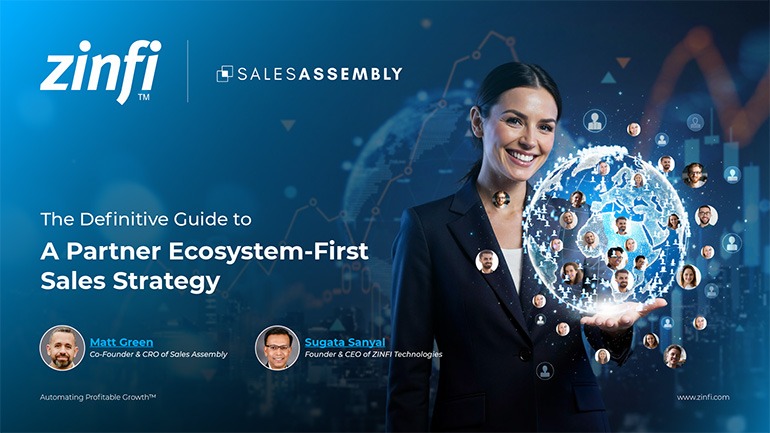 Definitive Guide to a Partner Ecosystem-First Sales Strategy
Definitive Guide to a Partner Ecosystem-First Sales StrategyDownload for FREE
 The Partner-Led Digital and AI Transformation Best Practices
The Partner-Led Digital and AI Transformation Best PracticesDownload for FREE
 Startup Talent Recruitment: Hiring Missionaries, Not Mercenaries
Startup Talent Recruitment: Hiring Missionaries, Not MercenariesDownload for FREE
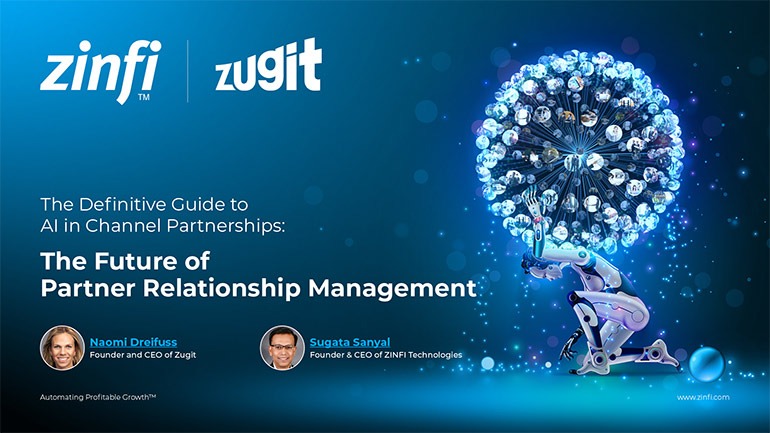 The Future of Partner Relationship Management with AI in Partnerships
The Future of Partner Relationship Management with AI in PartnershipsDownload for FREE
 Cybersecurity for the 99%: Strategies from the Frontline
Cybersecurity for the 99%: Strategies from the FrontlineDownload for FREE
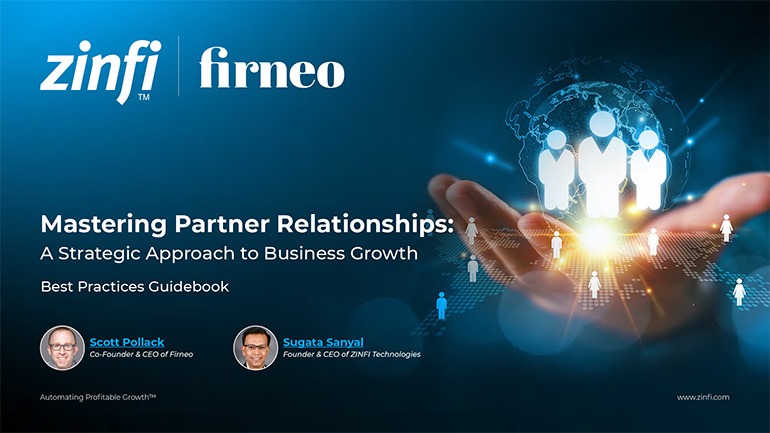 Mastering Partner Relationships: A Strategic Approach to Business Growth
Mastering Partner Relationships: A Strategic Approach to Business GrowthDownload for FREE
 Mastering Partner Relationship Management: Keys to SaaS Channel Success
Mastering Partner Relationship Management: Keys to SaaS Channel SuccessDownload for FREE
 Navigating the AI Revolution: Guide for Partners in the Microsoft Ecosystem
Navigating the AI Revolution: Guide for Partners in the Microsoft EcosystemDownload for FREE
 Mastering the Modern Buyers Journey: Sales Leader’s Guide to AI & Engagement
Mastering the Modern Buyers Journey: Sales Leader’s Guide to AI & EngagementDownload for FREE










